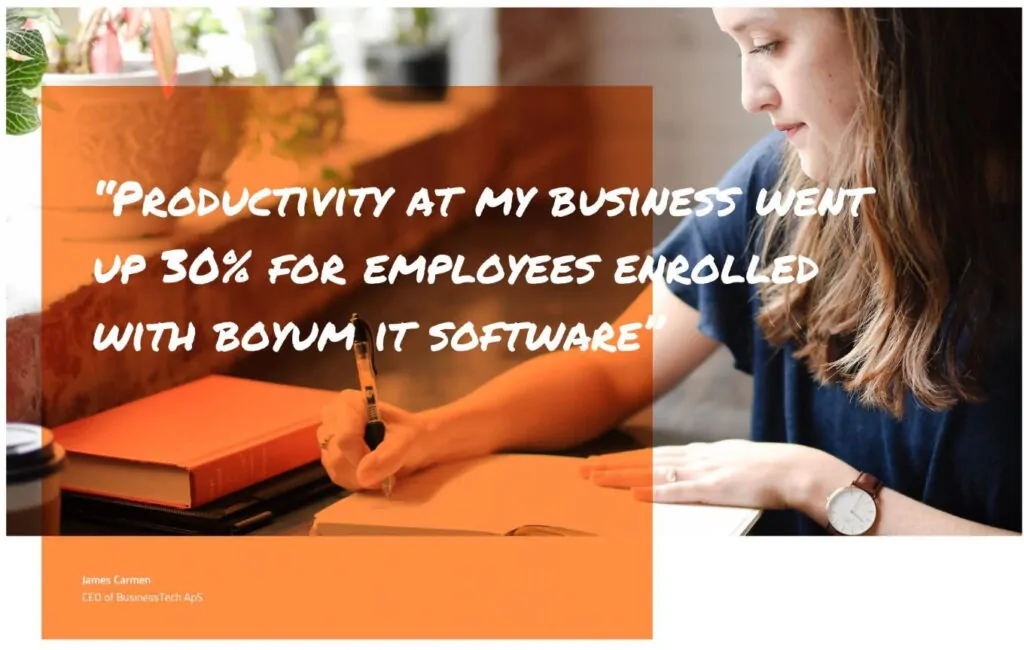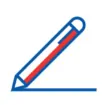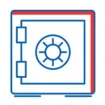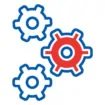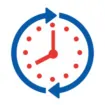In meeting with hundreds of stakeholders in the manufacturing, distribution, and service industries, we found that many of them face highly similar challenges:
-Lack of Inventory Control
-Poor Customer Service, Missed Ship Dates
-Lack of Quality Control Validation
-Cost Inefficiencies
-Inconsistent Shop Floor Reporting
-Inefficient Equipment Utilization
-Waste
-Supply Chain Problems
We assess these costly, growth-inhibiting, and productivity-draining issues largely from the perspective of how they can be solved by capturing data and creating standardized processes. This is the first step for bringing operational practices into alignment with business goals. Because Lean principles are designed specifically to enhance processes and identify wasteful activities, we typically begin by identifying inefficiencies.
One of the most common red flags that indicates inefficiencies is an unnecessary step in the process. We call this a Non-Value-Added activity (NVA) because not only does it occupy the time of workers without benefit, but it also typically increases waste and/or hinders the drive for higher productivity. Once a NVA is identified and brought to the attention of management, the obvious solution is to eliminate it.
Procurement Pain Points
In many manufacturing environments, deeply entrenched, highly inefficient purchasing processes exist, often the result of legacy systems which have escaped careful review. Outdated and manual procurement-to-pay practices often rely on inconsistent methods and overcomplicated requisition and approval processes. Paper-based POs (Purchase Order) and invoicing, a lack of data capture, and a failure to integrate procurement with other data management systems can all lead to overspending, poor oversight, and a hinderance to growth.
Every client situation is unique, from the products they produce to the materials they procure. That’s why an analysis of the entire supply chain (down to the shop floor and production line) is essential to the application of Lean principles and the development of a customized ERP solution. This informs the MRP (Material Requirements Planning) specialists in capturing the processes in place and optimizing them to eliminate waste and achieve greater efficiencies.
To better illustrate the processes, we wanted to share a client engagement story from the food and beverage industry.
Based in Indianapolis, Indiana, the company formulates beverages and packages them in cans. All manufacturers in the food and beverage industry must meet stringent FDA requirements of traceability. Every ingredient that is destined to be ingested or come in contact with foodstuff must be thoroughly documented and the vendor identified as an FDA-certified supplier.
Therefore, the raw materials used to make the cans must be approved for such use and the vendor must also be validated. The company itself is an SQF-certified (Safe Quality Food) facility and the vendors they purchase from must also be SQFs. Our client was utilizing a Purchase Requisition (PR) form to identify materials in each procurement transaction. Then a purchase order was generated from the PR, which added another step to the process.
Our Lean management consultants correctly identified this as an NVA and decided to eliminate the purchase requisition. Because the items and vendors had already been certified, this could be done while maintaining the integrity of the FDA requirements. The decision was then made to have all raw material requirements generate a purchase order. Eliminating a step out of the purchasing process was particularly important in this case since the materials they purchase have an extended shelf life. Maintaining sufficient but minimum inventory could free up capital for other uses and result in measurable cost savings.
The challenge was to ensure quality and value up the supply chain. Having quantified the shelf life of the raw materials and tightening up the optimal inventory levels necessary, we could develop a process management system capable of monitoring and maintaining the correct procurement practices and supply chain tolerances. By enhancing this process, an increased value-benefit to the customer was seen in a quicker delivery time by shortening the start time to finished goods.
Which NVAs Exist in Your Organization?
Identifying and eliminating unnecessary steps is imperative within every manufacturing environment. The cost savings seen in this case study are magnified when perishable raw materials are present. The goal of all material requirement planning is to solve challenges such as these by starting with which materials are being purchased, in what quantity, and when they are required by the production line.
In creating a customized MRP solution for this client, we took great care to ensure the consistency of quality was maintained even as cost-saving and supply chain efficiencies were implemented. Following the implementation of the solution, it became clear that applying Lean principles had once again proven effective. Had this analysis not been performed to identify and eliminate an NVA, who can say how many more years it would have continued to exist?
Lean as a way of doing business
To benefit from Lean, we must know what Lean seeks to accomplish. As we’ve discussed in the article, the overarching objectives are eliminating waste and wasteful activities, while driving greater efficiencies and supporting growth. In this ongoing Lean management series, we’ll dive into more detail about how to apply the Lean Principles and the many ways we use them to support the processes, modules, and functionality of our Attivo-All-In-One ERP solutions.
Attivo All-In-One, powered by SAP Business One, has the most powerful and fully integrated analytic and reporting tools in the ERP software sector for small to mid-sized businesses. This makes it easier and more efficient to design and implement customized quality control processes and methods across your organization.












